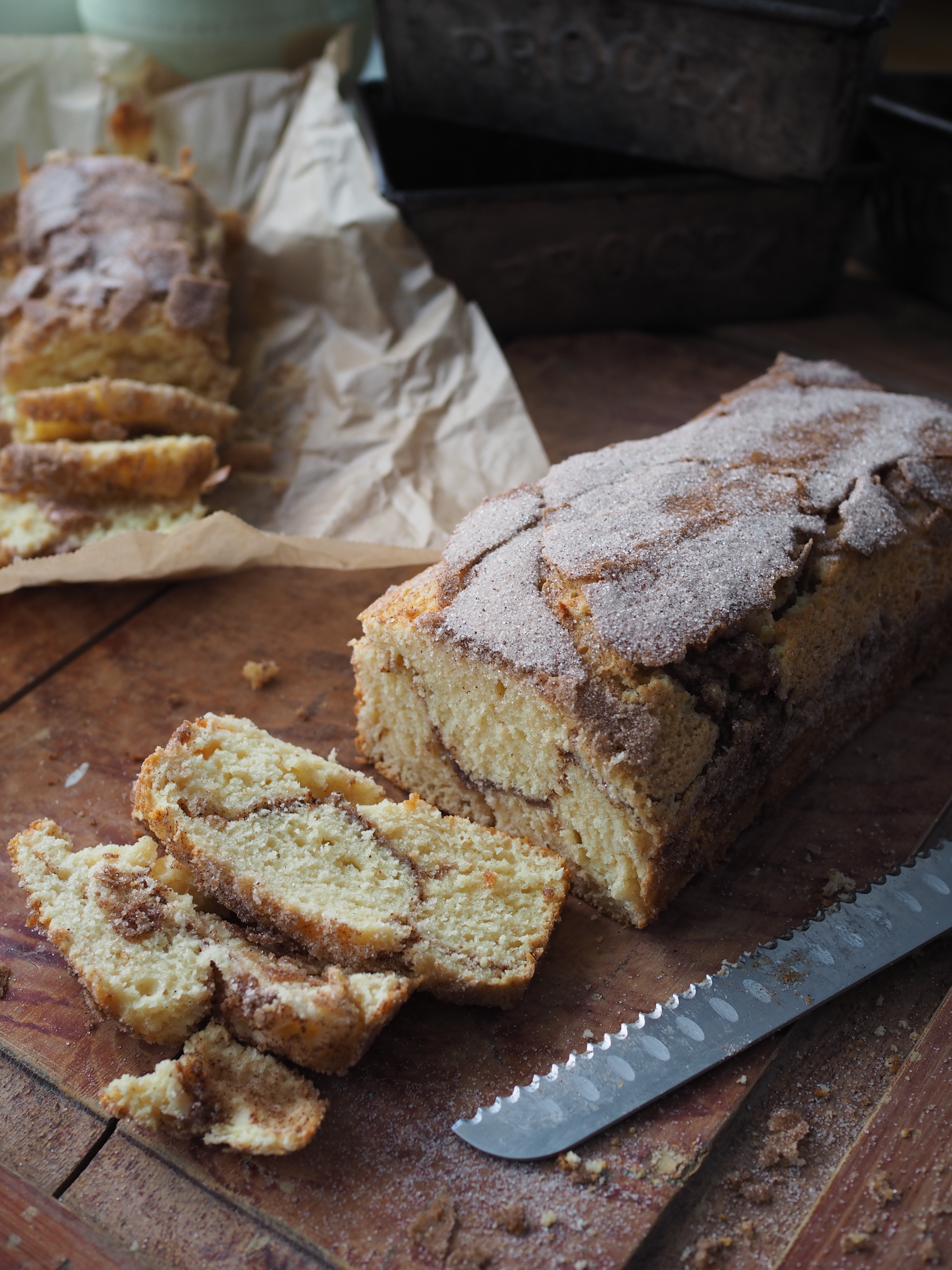
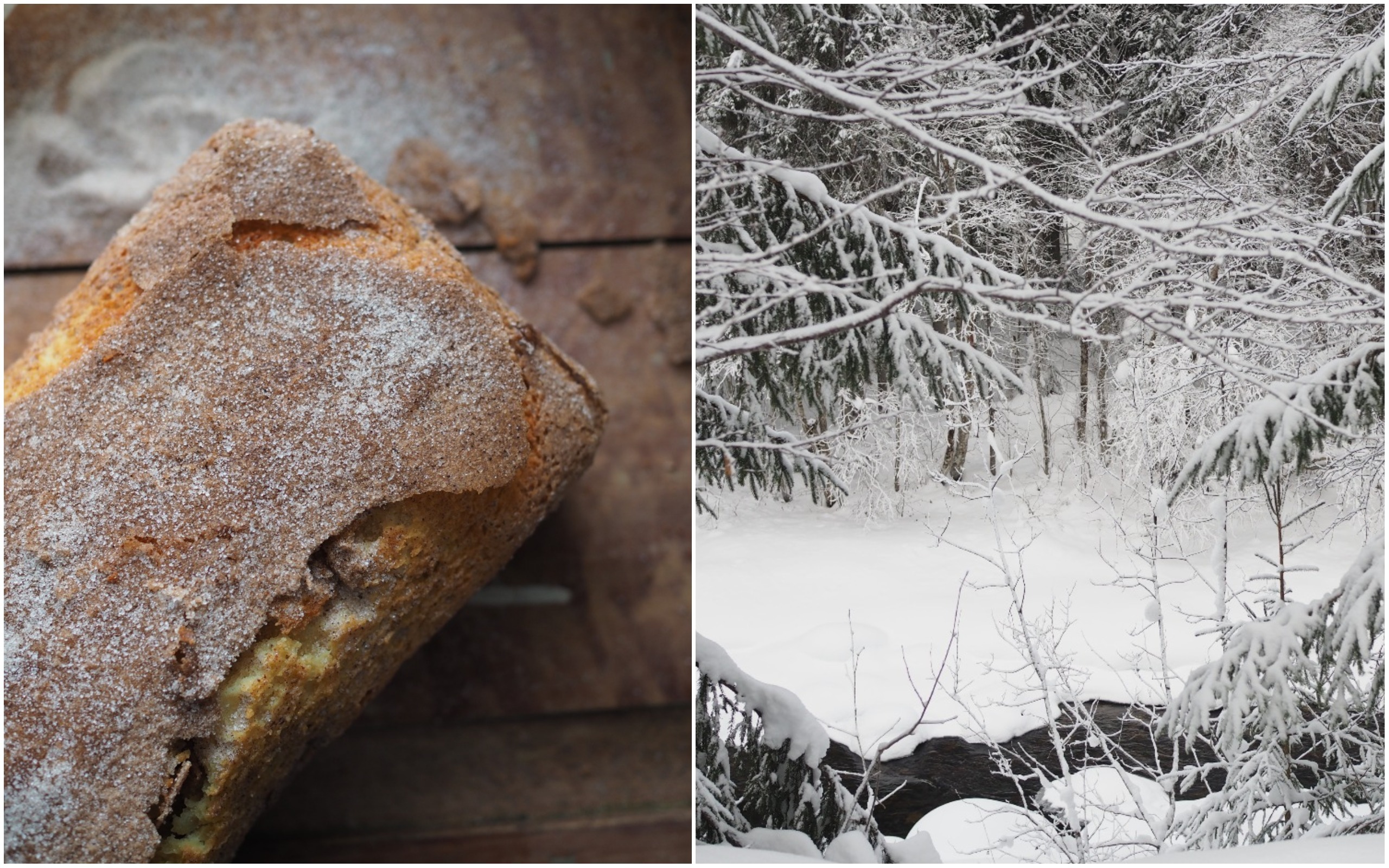 Winter came with a fierceness this year, unlike last year’s somewhat bleak and disappointing season where pockets of snow and slush lay strewn about fields of brown. This winter had other ideas. Grandeur ideas. A plush blanket of white snow, covered with another blanket, and another, and yet another. In some places, the snow towers so high that when I peer out my window I can only see the skyline.
Winter came with a fierceness this year, unlike last year’s somewhat bleak and disappointing season where pockets of snow and slush lay strewn about fields of brown. This winter had other ideas. Grandeur ideas. A plush blanket of white snow, covered with another blanket, and another, and yet another. In some places, the snow towers so high that when I peer out my window I can only see the skyline.
Part of me feels a need to hibernate; an isolation within an isolation. But weather should never be a deterrence, as one who lives in Norway knows all too well. Weather is to be relished for what it is. And winter means plenty of time spent outdoors, exhausting every pleasure imaginable – from skiing and sledding to handmade caves and tunnels to campfires and cocoa. Nature provides a white canvas, one in which to carve on and create from. Even the night becomes a playground to embrace as the moon and stars illuminate the ground below.
I’ll be honest. It’s been hard to get back into the kitchen after the holidays. My mind occupied between the opportunities of outdoor enjoyment and the desire to be indoors curled next to a fire with nothing to do but fall into a restful trance.
But, there has been one recipe on my mind lately. One that I have been wanting to make for some time now.
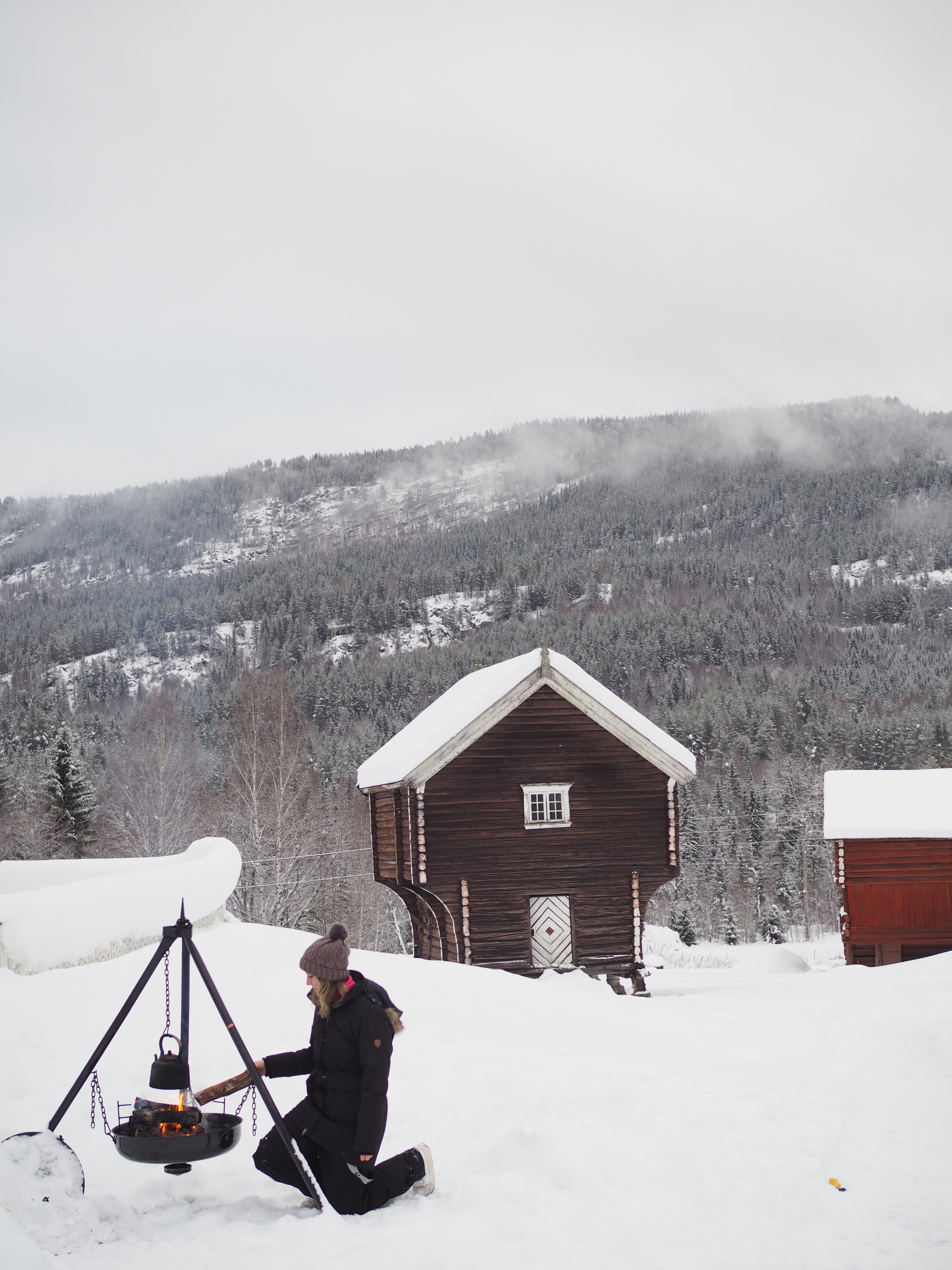
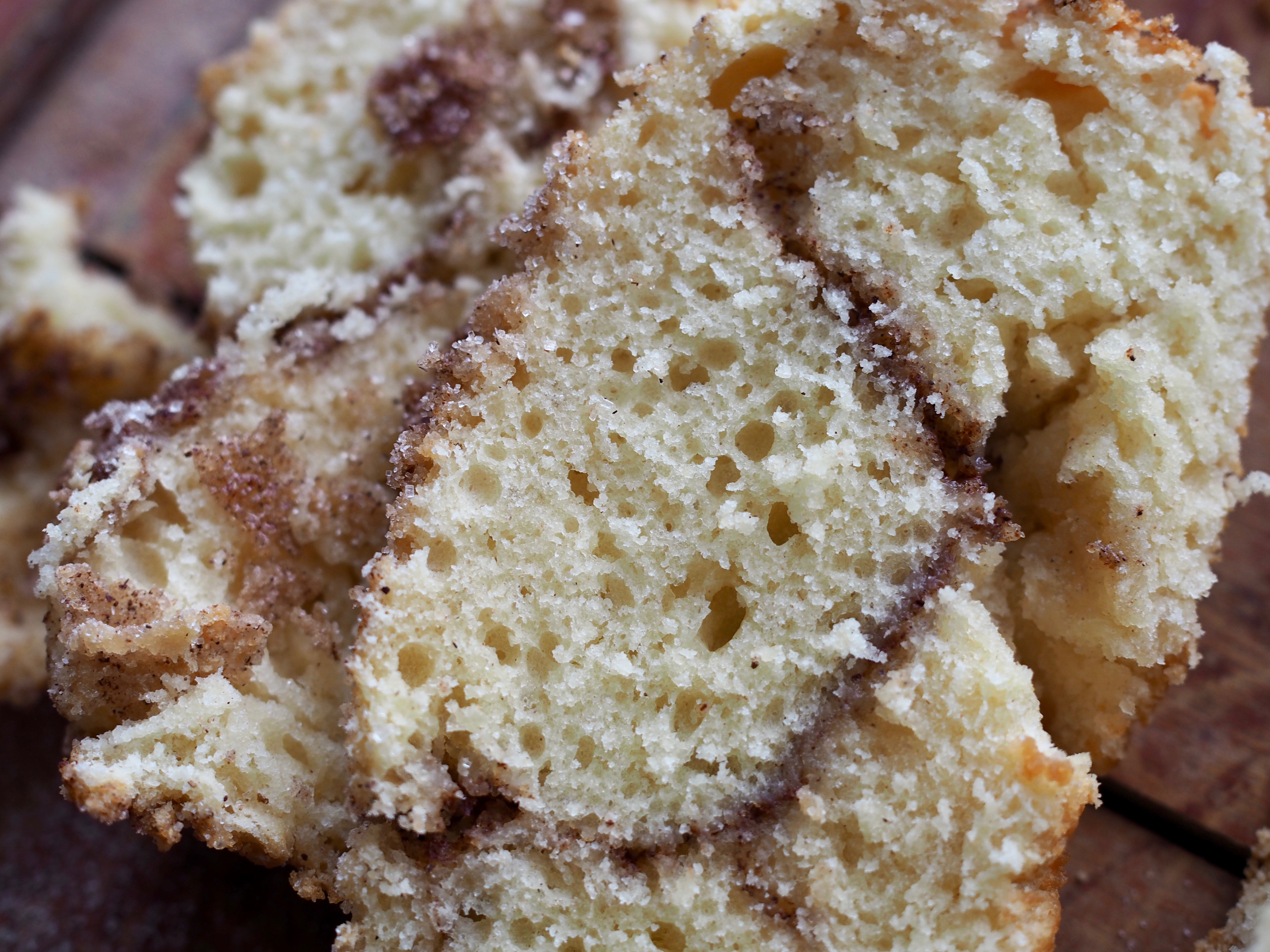
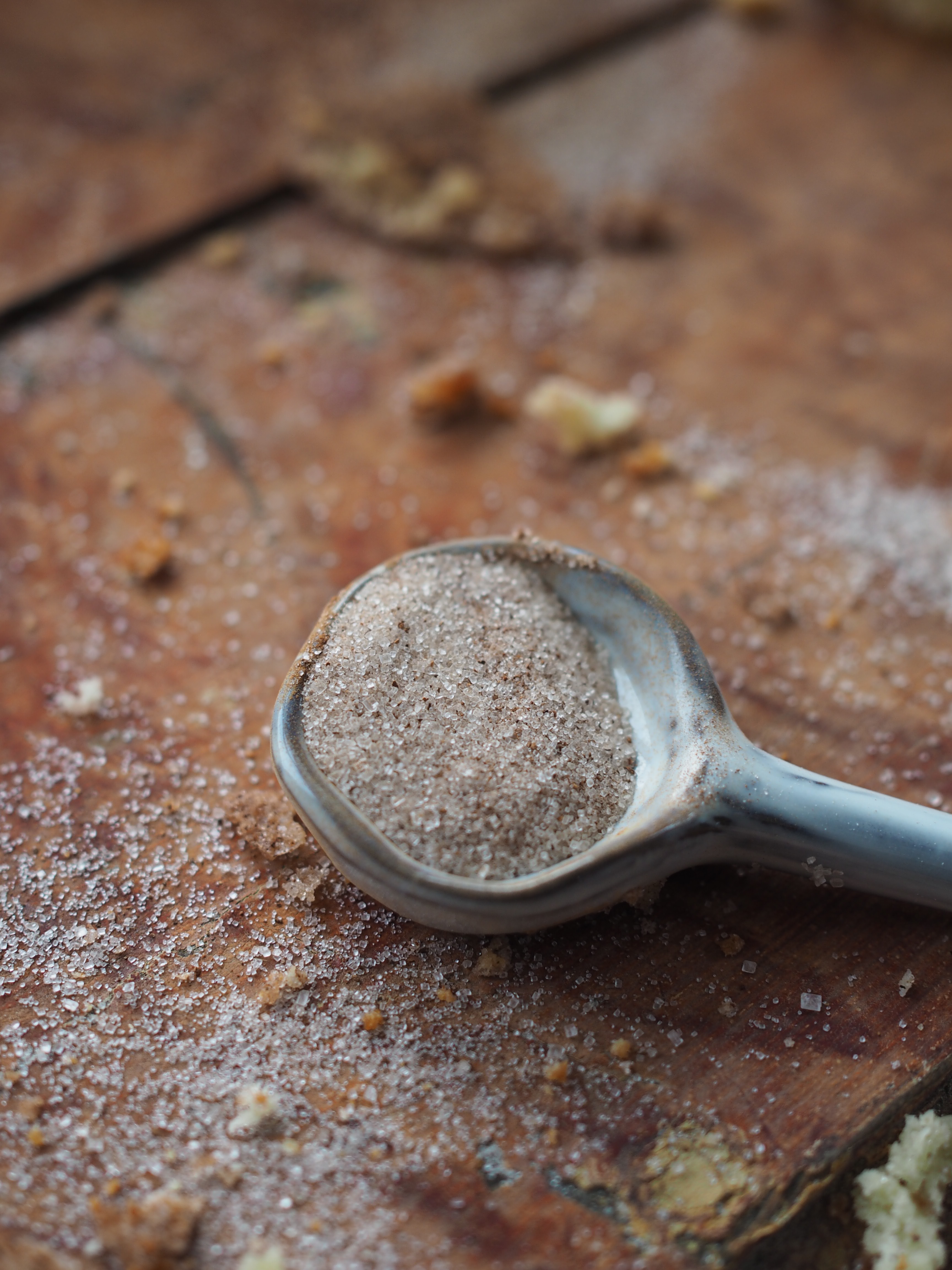 I still remember first biting into a delicate and soft, yet subtly dense cake adorned with a layer of cinnamon sugar. It was an informal setting, a buffet of treats in an auditorium filled with proud parents and excitable children celebrating a season of sport. Sprawled out on the plastic tables were a selection of irresistible cakes and cookies. I was drawn to the understated cake with a strudel crown. It was simple in every way, but it was anything but simple when it came to taste.
I still remember first biting into a delicate and soft, yet subtly dense cake adorned with a layer of cinnamon sugar. It was an informal setting, a buffet of treats in an auditorium filled with proud parents and excitable children celebrating a season of sport. Sprawled out on the plastic tables were a selection of irresistible cakes and cookies. I was drawn to the understated cake with a strudel crown. It was simple in every way, but it was anything but simple when it came to taste.
It remained with me, this sheet pan cake. This kanelkake.
I’m not sure of the origins of kanelkake or when it became one of the many cakes one might find served throughout Norway. I do know it’s one of those ideal cakes you can make in no time at all and have on hand when a friend drops by. It’s also beloved outside of Norway as well.
Rather than keep it in traditional cake form, I veered toward using my loaf tins and tweaked the recipe to have a lovely swirl of cinnamon sugar throughout the center. The rest of the cinnamon sugar graces the top of the loaf, hardening as it cooks and providing a rather appealing and delectable cracked crust.
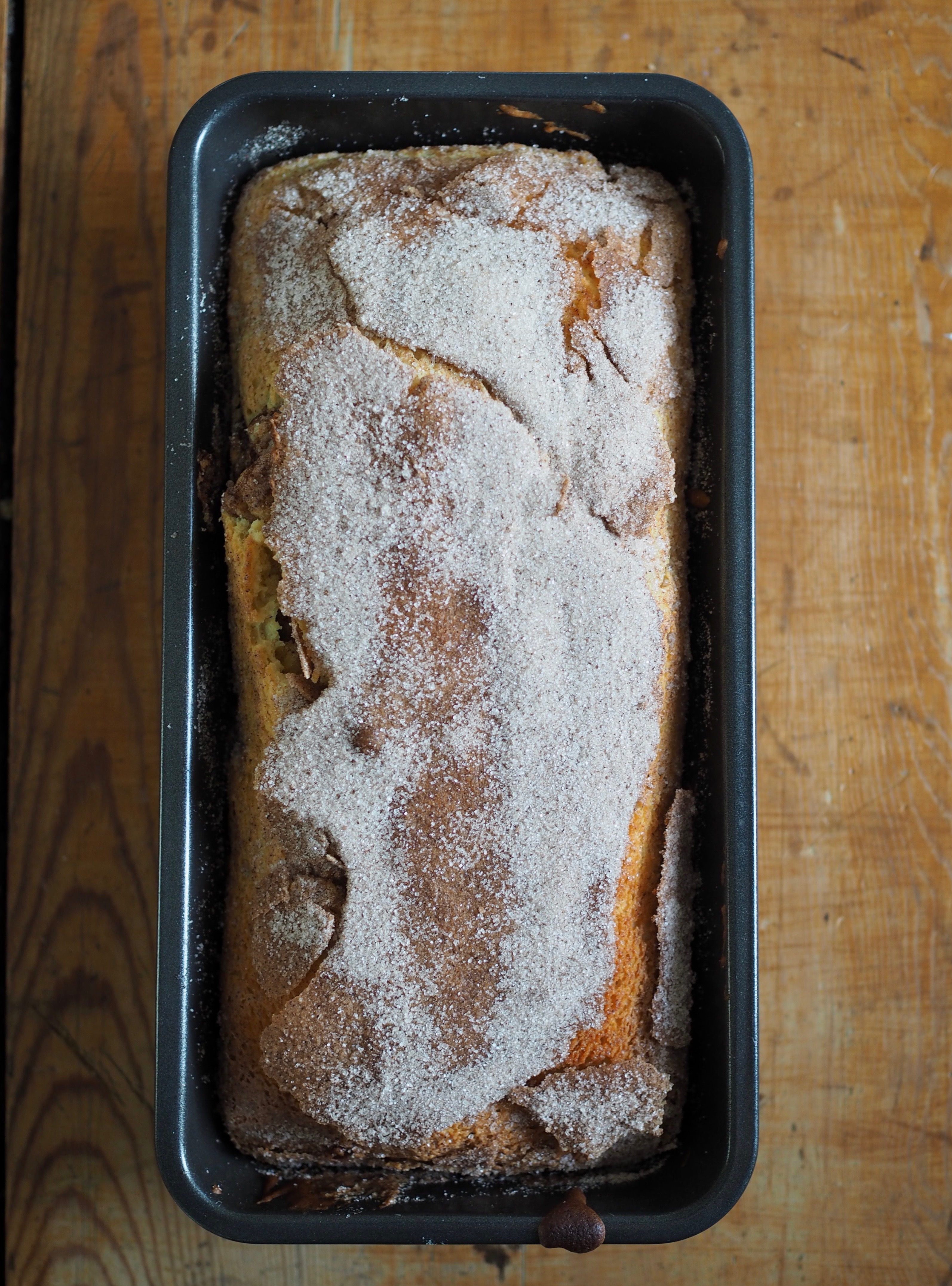
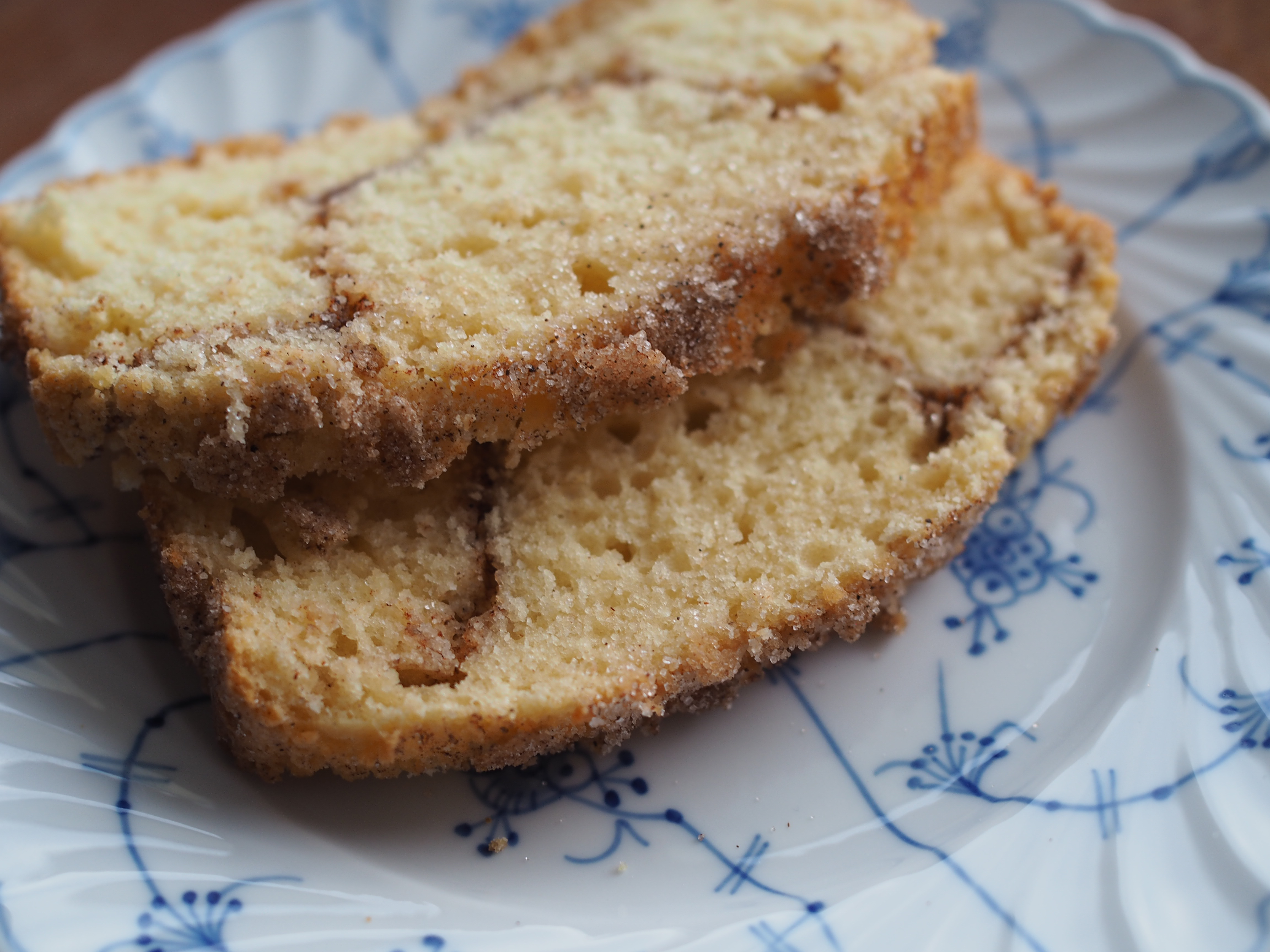
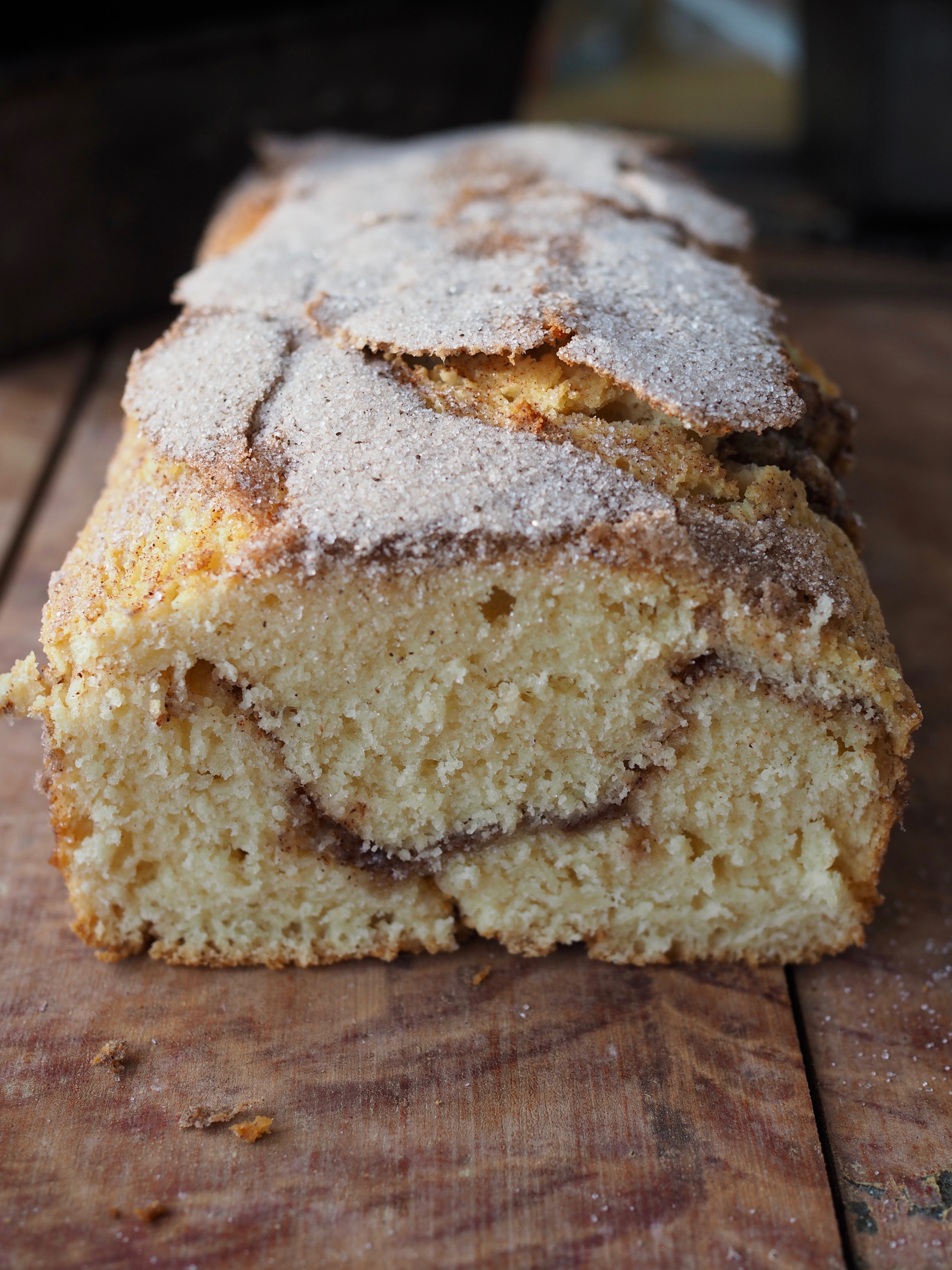 Serve these loaves with coffee and tea, as a dessert or even a treat during the day. You can also vary the size of the loaf tins, just be sure to adjust the amount of batter to the size of your tins.
Serve these loaves with coffee and tea, as a dessert or even a treat during the day. You can also vary the size of the loaf tins, just be sure to adjust the amount of batter to the size of your tins.
Cinnamon Cake Bread (Kanelkakebrød)
Makes 2 medium-size loaves
Cake Bread:
- 4 ½ cups (540 g) all-purpose flour
- 2 cups (400 g) granulated sugar
- 4 teaspoons baking powder
- 1 teaspoon salt
- 4 eggs
- 2 cups (480 ml) buttermilk (skummelt kulturmelk)
- ½ cup (120 ml) rapeseed or vegetable oil
Topping:
- ¾ cup (150 g) sugar
- 1 ½ tablespoons cinnamon
Preheat the oven to 180°C / 350°F. Grease two medium-size loaf tins.
In a large bowl, combine the flour, sugar, baking powder and salt.
In a medium-size bowl, whisk together the eggs, buttermilk, and rapeseed or vegetable oil. Pour this into the large bowl with the dry ingredients and blend well.
Combine the sugar and cinnamon for the topping.
Divide ½ of the batter into each of the loaf tins. Sprinkle the batter with about ½ of the topping mixture. Pour the remaining ½ batter into each tin and top with the remaining topping.
Bake for 50 to 60 minutes or until cooked through and golden brown. Check to see it is cooked through by inserting a toothpick in the center. If it doesn not come out clean, cook for 5 minutes longer before checking again.
Let the loafs cool in their tins for 10 minutes before placing on a baking rack to cool completely.
Store the cooled cinnamon cake breads in sealable, large plastic bags at room temperature or in the refrigerator for up to 3 days. You can also freeze the breads for up to 2 months.
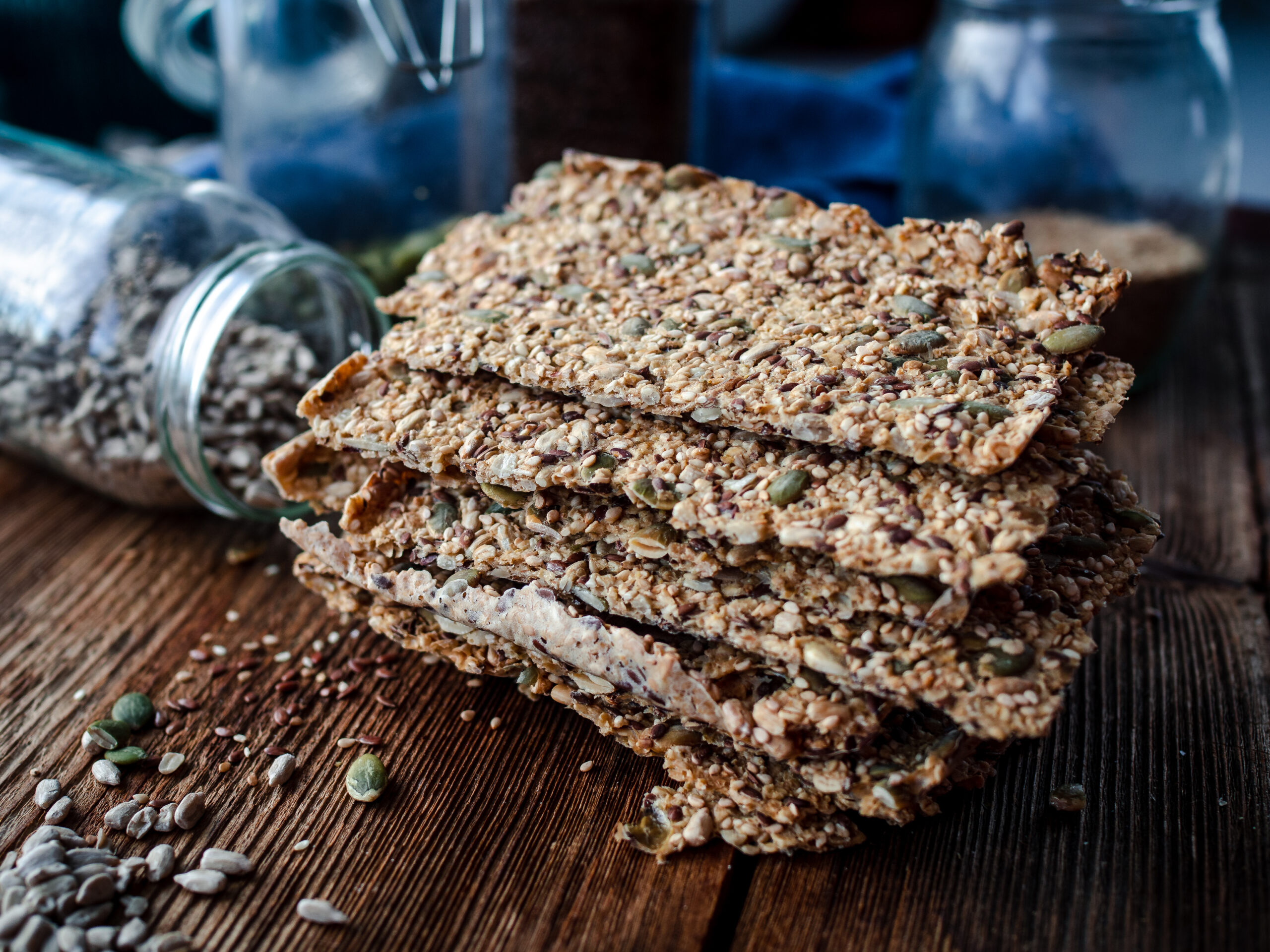
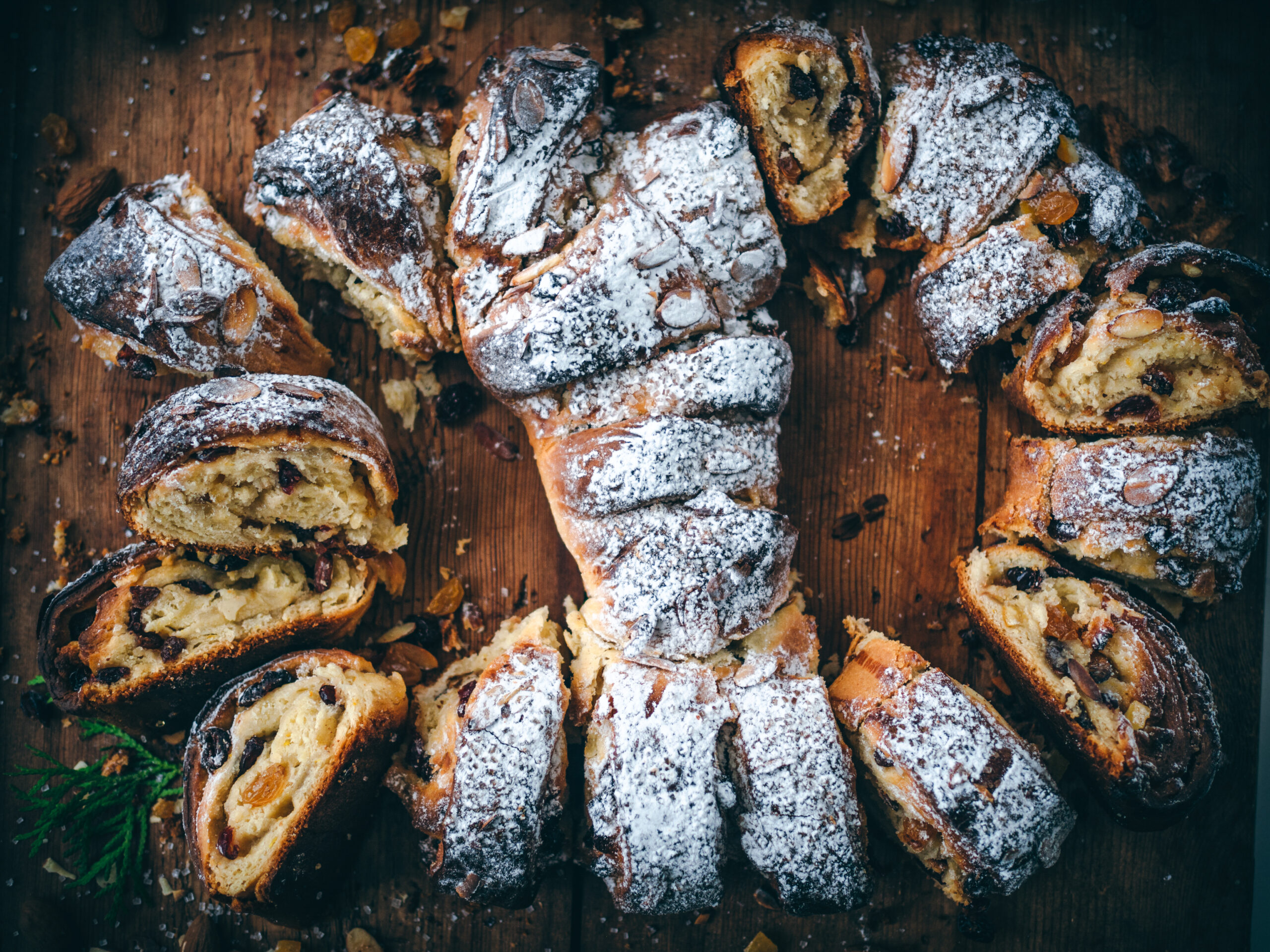
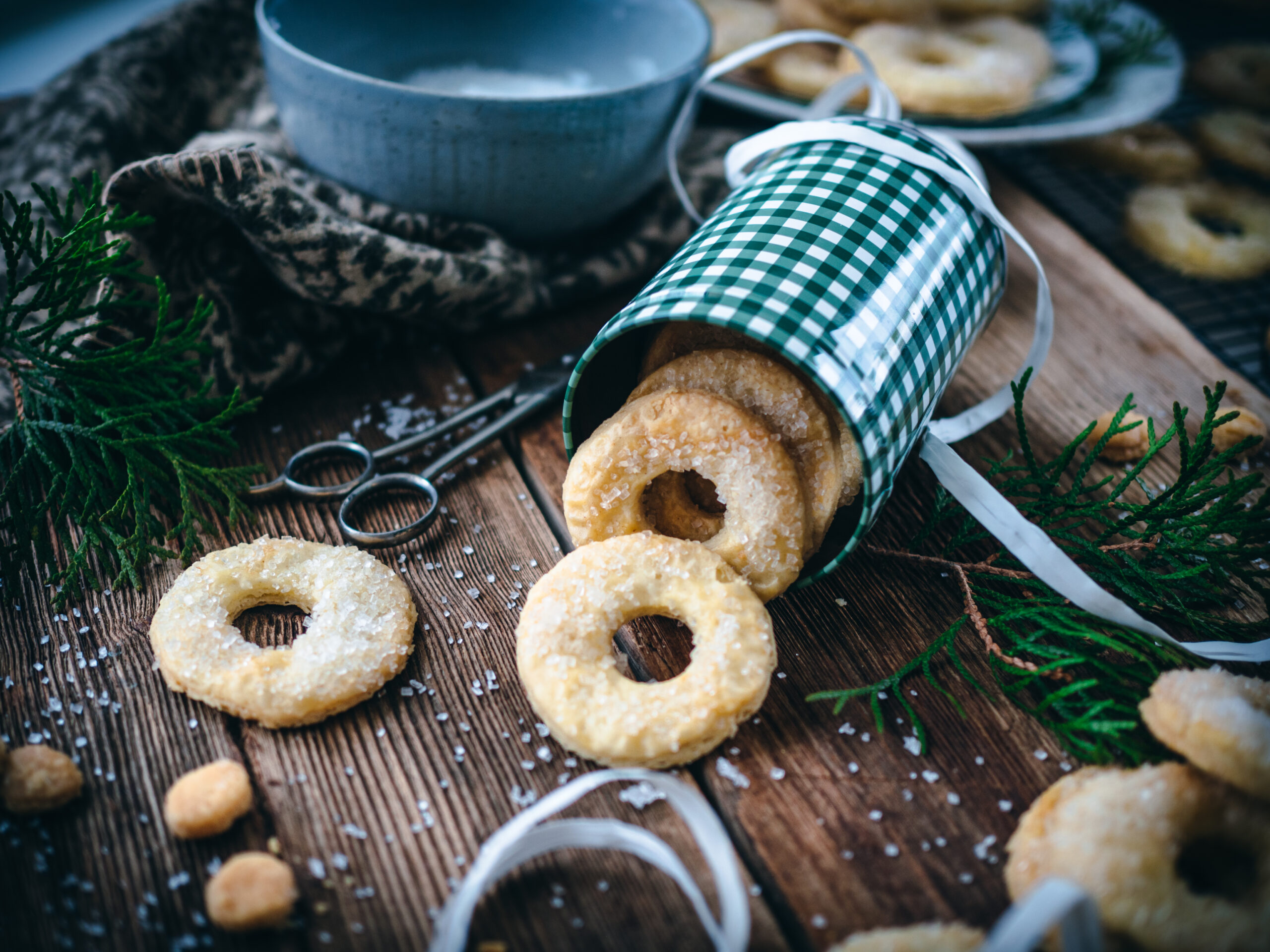
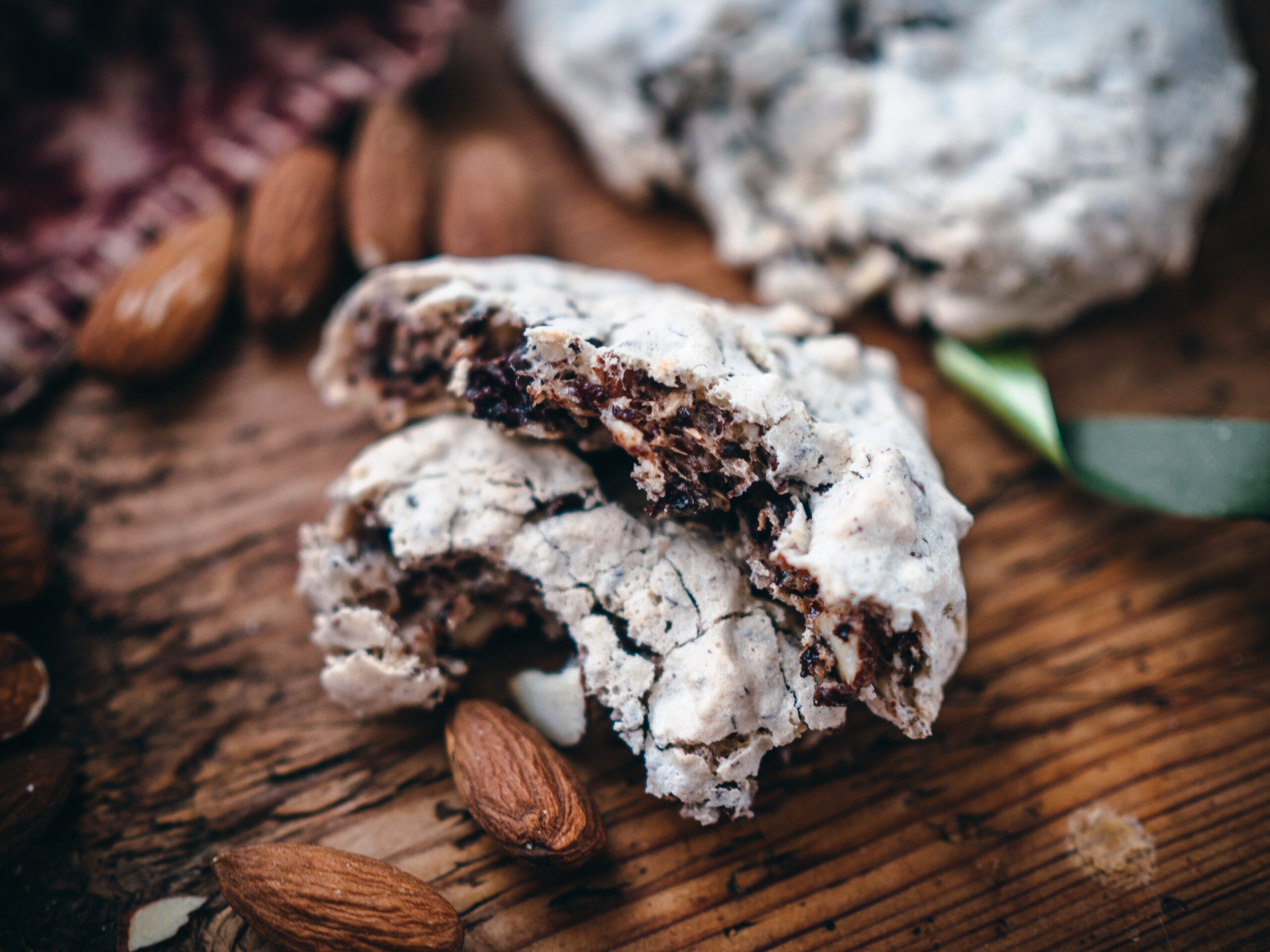

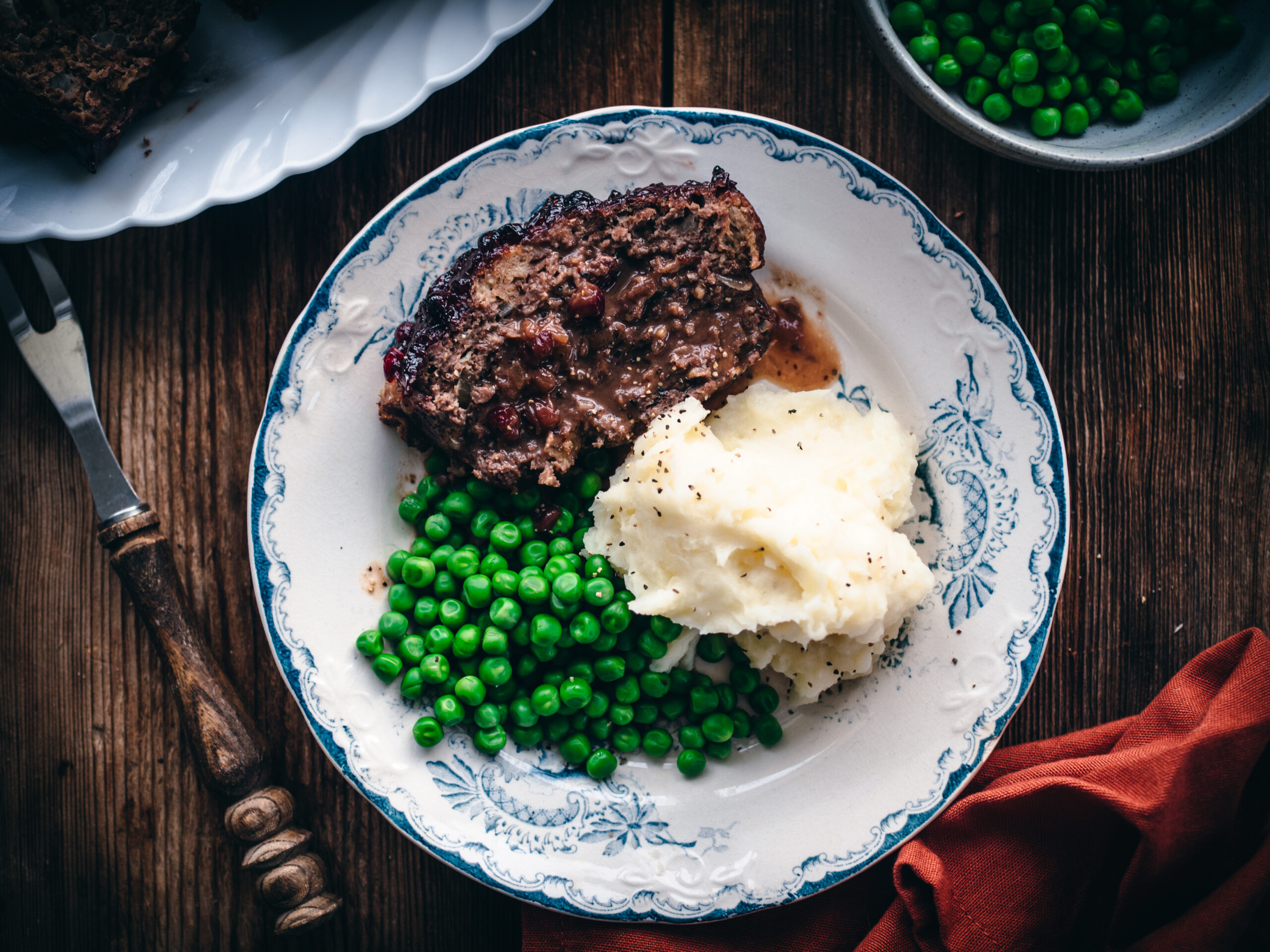
Add a comment